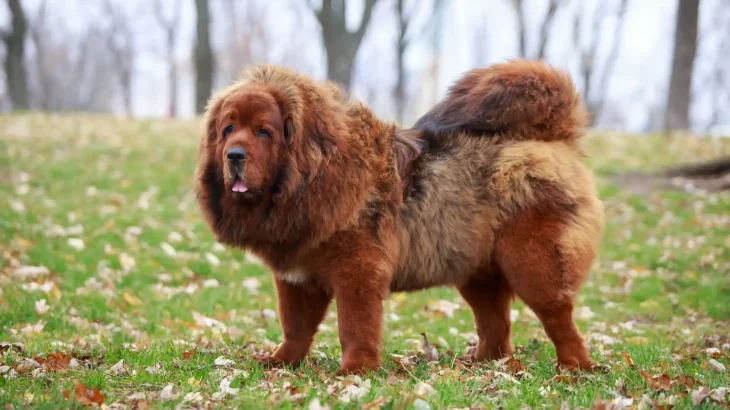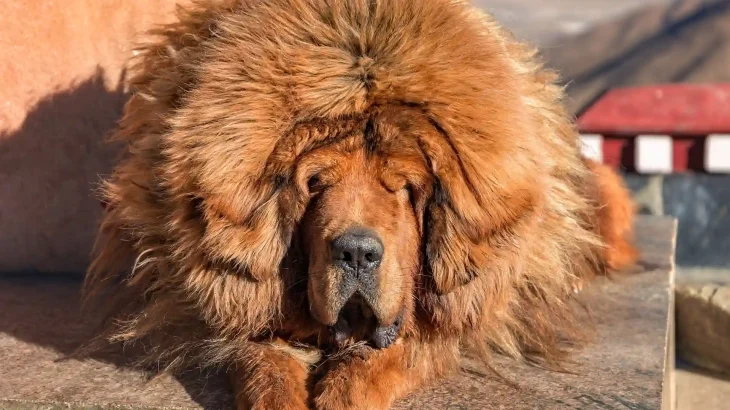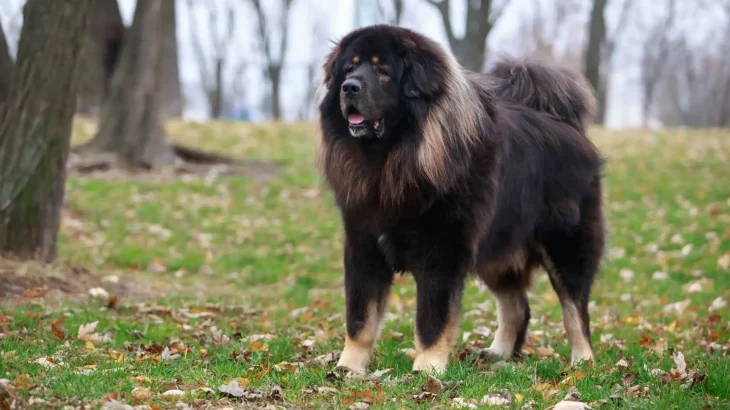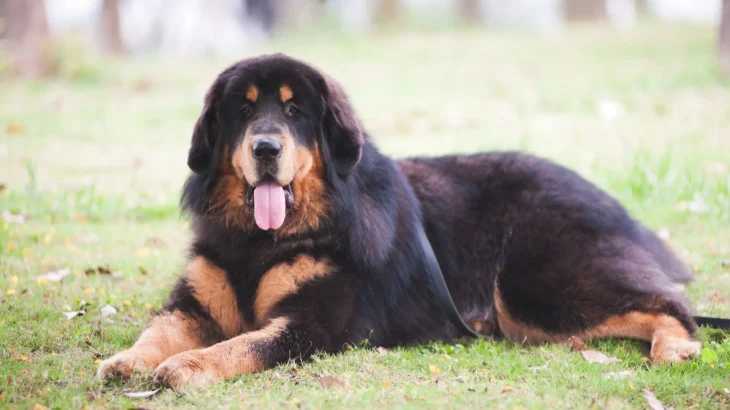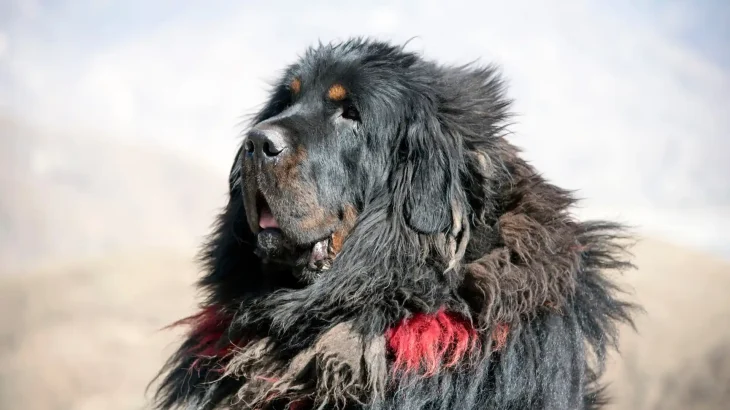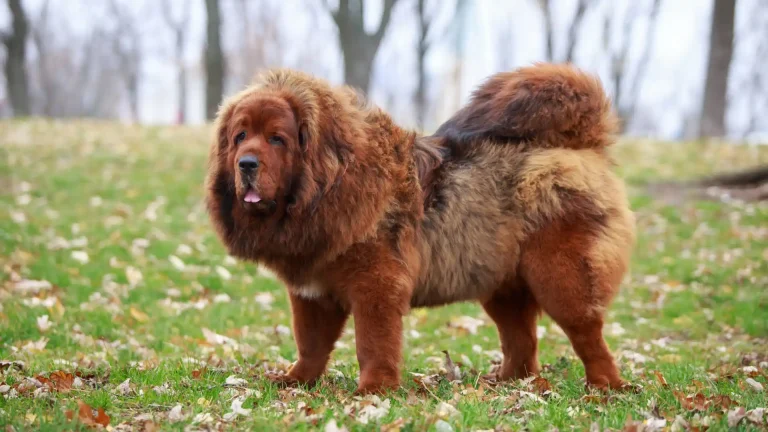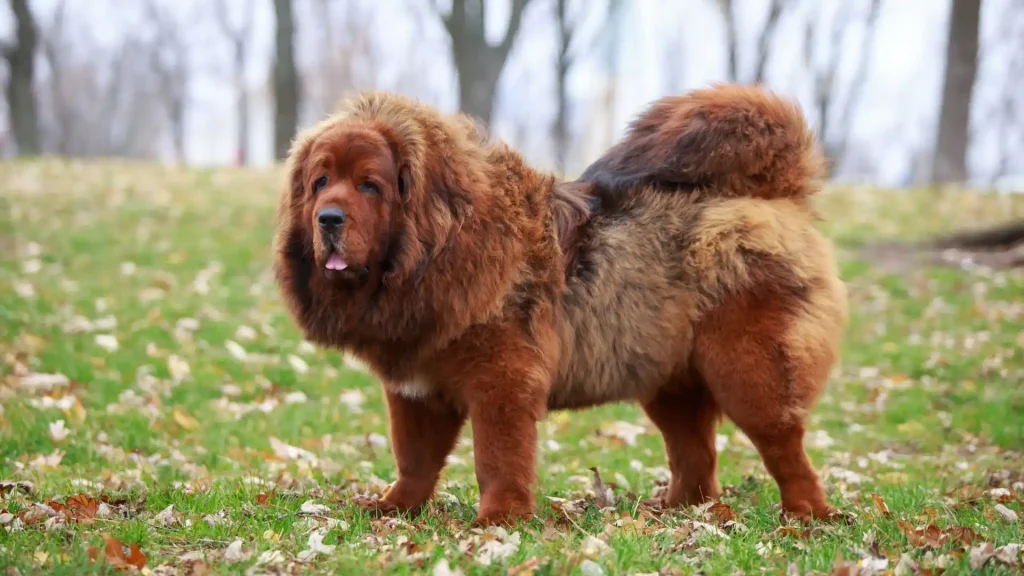Deciding whether to adopt or purchase a Tibetan Mastiff puppy depends largely on your priorities and circumstances. Buying from a breeder often means a higher upfront cost but can come with more detailed health and lineage information. Adopting can be more affordable and offers the chance to give a home to a dog in need, though background details may be less clear.
| Criteria | Buying from Breeder | Adopting from Shelter/Rescue |
|---|---|---|
| Cost | Higher initial cost due to breed purity and demand. | Lower adoption fees, often including vaccinations and spay/neuter. |
| Health History | Detailed health records and genetic screening usually provided. | Health history may be limited, though basic health checks are standard. |
| Age Availability | Primarily puppies, allowing you to raise them young. | Variety of ages, including adult and senior dogs. |
| Temperament Insight | Breeders provide info on lineage temperament traits. | Shelter staff share observed behaviors but full background may be unknown. |
| Supporting Practices | Supports breed preservation; choose ethical breeders. | Supports animal welfare by giving homes to dogs in need. |
| Ethical Considerations | Risk of overbreeding; select responsible breeders. | Helps reduce homeless pet population and rescues dogs from shelters. |

